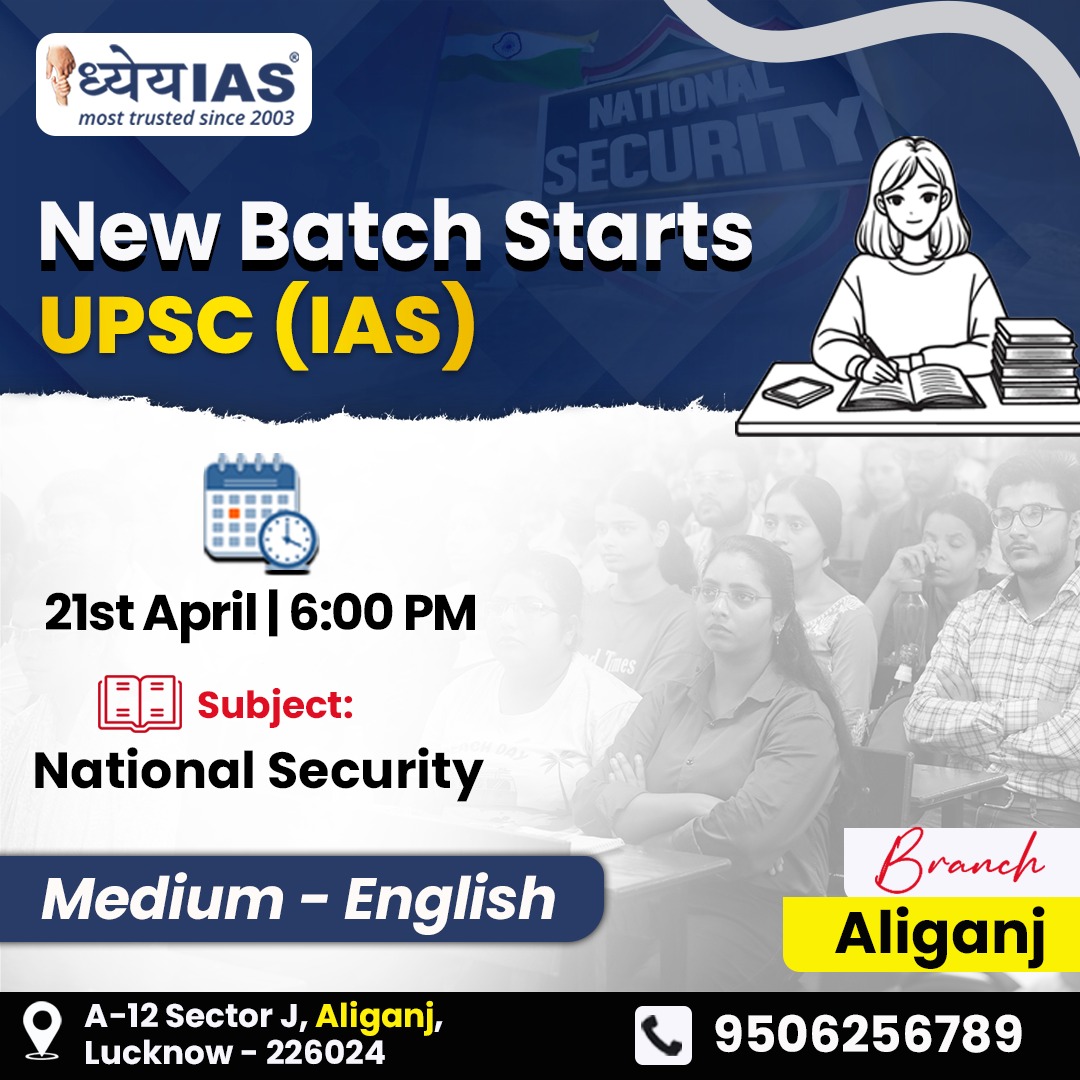Context
On February 13, 2025, Rajya Sabha Chairman Jagdeep Dhankhar addressed concerns regarding the removal of Justice Shekhar Yadav of the Allahabad High Court. He emphasized that only Parliament has the constitutional authority to remove a High Court judge, as per the Indian Constitution.
Constitutional Provisions (Articles 218)
Grounds for Removal
A judge can be removed on the grounds of misbehaviour or incapacity:
- Misbehaviour: Includes wilful misconduct, corruption, lack of integrity, and offences involving moral turpitude.
- Incapacity: Refers to a physical or mental condition preventing the judge from effectively performing judicial duties.
Process for Removal
- A removal motion must be introduced in both Houses of Parliament (Rajya Sabha and Lok Sabha).
- The motion must be approved by:
- A majority of the total membership of each House.
- A two-thirds majority of members present and voting (special majority).
Procedure Under the Judges (Inquiry) Act, 1968
Step 1: Initiating the Motion
- The motion must be signed by at least:
- 50 Rajya Sabha members.
- 100 Lok Sabha members.
Step 2: Consideration of the Motion
- The Chairman of the Rajya Sabha or Speaker of the Lok Sabha may:
- Admit the motion for investigation.
- Reject the motion if it does not meet the required criteria.
- Consultation with legal and constitutional experts takes place before proceeding.
Step 3: Formation of the Inquiry Committee
- If admitted, a three-member committee is formed, consisting of:
- One Supreme Court Judge.
- One High Court Judge.
- One distinguished jurist.
- The committee investigates the allegations of misbehaviour or incapacity.
Step 4: Investigation and Report
- The committee submits its findings:
- If the judge is cleared, the motion is dismissed.
- If the judge is found guilty, the report is placed before both Houses of Parliament.
Step 5: Parliamentary Approval
- The motion must be passed with a special majority in both Houses.
- If approved, it is forwarded to the President of India.
Final Decision
- The President has the authority to formally remove the judge upon parliamentary approval.
Legal and Institutional Considerations
Balancing Judicial Independence and Accountability
- The removal process safeguards judges from political pressure, ensuring judicial independence.
- It also provides accountability in cases of serious misconduct.
Challenges in Removing a Judge
- The special majority requirement makes removal rare.
- Even if an Inquiry Committee finds a judge guilty, securing enough votes in Parliament is difficult.
Judicial Conduct and Ethical Standards
- The Reinstatement of Values of Judicial Life (1997) requires that:
- Judges must maintain public trust in the judiciary.
- They should avoid actions or statements that compromise their impartiality.
- The Judges (Inquiry) Bill, 2006 (not passed) proposed defining misbehaviour and introducing minor disciplinary actions, such as:
- Warnings.
- Public or private censure.
- Temporary withdrawal of judicial work.
Conclusion
The motion against Justice Yadav highlights the delicate balance between judicial independence and accountability. The rigorous removal process ensures that judges are protected from political influence while maintaining judicial integrity.







